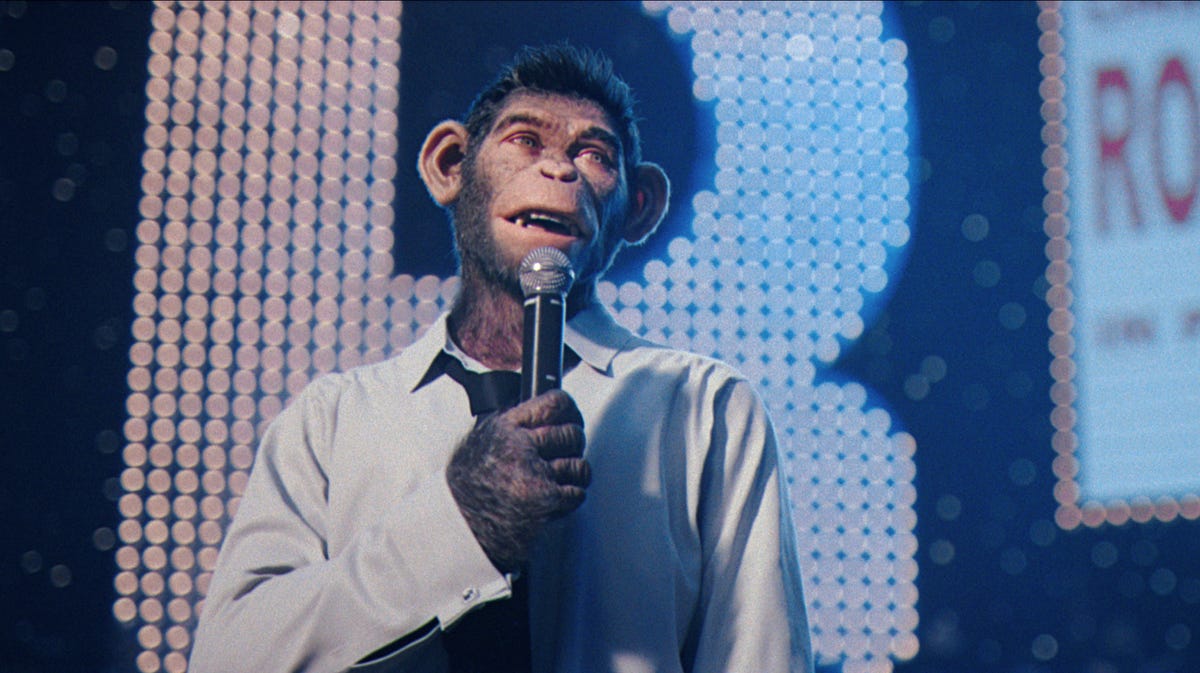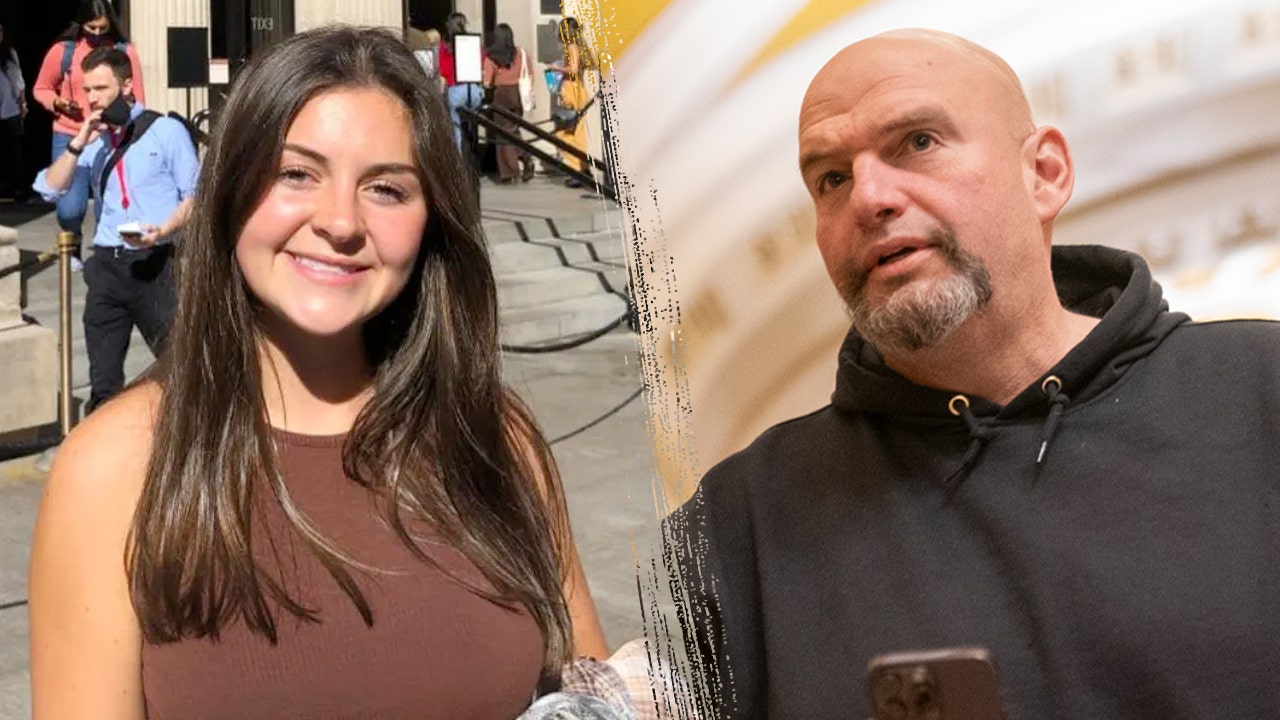Movie Reviews
Movie Review – Inside Out 2
Back in 2015, Disney and Pixar introduced us to 11-year-old Riley and the squabbling emotions inside her prepubescent head. To make a long story short, Joy (Amy Poehler) tried to retain dominance over the girl, but Sadness (Phyllis Smith) kept creeping her way in. The struggle led to both emotions getting kicked out of Riley’s conscience. Following an adventure through the girl’s psyche, both emotions made their way back and Joy realized that she had to share Riley with other emotions, even unpleasant ones, in order for her to get the most out of life. In this new movie, Riley’s five core emotions want to retain dominance over the girl, but new emotions creep their way in. This leads to a struggle where the old emotions get kicked out of Riley’s conscience. They’ll have to go on an adventure through the girl’s psyche to make their way back and hopefully obliterate the new emotions. Or maybe they’ll learn to share and the message will be exactly the same as in the first movie.
For the record, I wasn’t a big fan of the first movie. Don’t get me wrong, I thought it was okay, and it kept the streak of at-least-passable Pixar alive until “Lightyear” two years ago. But setting up this elaborate world of personified emotions led to countless questions that the movie wasn’t prepared to answer, and without answering those questions, it didn’t make sense. Sometimes the nonsense played to its adventage, like a deus ex machina toward the end involving stackable crushes. Other times it hurt the movie, like leaving me wondering if these characters even had lives that were at stake, and what might happen to Riley if those lives were lost. The new movie raises more new questions than it answers, but this time I’m a little more comfortable knowing that the movie is prepared to answer some questions and not others.
For the new movie, Riley (Kensington Tallman) is going to hockey camp with her best friends Grace (Grace Lu) and Bree (Sumayyah Nuriddin-Green). Joy is looking forward to guiding her, along with core emotions Sadness, Anger (Lewis Black), Disgust (Liza Lapira), and Fear (Tony Hale). But Riley hits puberty the night before the camp, ushering in new emotions Anxiety (Maya Hawke), Envy (Ayo Edebiri), Embarrassment (Paul Walter Hauser), and Ennui (Adele Exarchopoulos). Anxiety proves useful in a few social situations, but clashes with Joy when the latter wants Riley to stay loyal to her old friends, as opposed to endearing herself to the more popular Val (Lilimar). The new emotions banish the old emotions to the back of Riley’s mind until she can be completely reworked.
My problem with the movie, other than that the story progression is pretty much the same as the first movie, is once again at the literal level. I can understand a kid with conflicting emotions, but what happens when a kid is missing five of them, as is the case here? If Riley is being controlled by the four new emotions, what’s making her competent at hockey? And why do the filmmakers think that Anxiety doesn’t manifest until puberty? What are young kids famous for saying on car trips? “Arewethereyet? Arewethereyet?” That’s Anxiety, guys.
Of course, just as the “Inside Out” movies teach audiences to take the bad with the good, I must remember to take the good with the bad. And there is a lot of good here. The animation is as colorful and delightful as ever, the emotional moments had me feeling for the characters, and the humor consistently hits. My favorite gags involve cartoon characters stuck in the back of Riley’s mind. Video game character Lance (Yong Yea) is another helpful crush of Riley’s, Pouchy (James Austin Johnson) is a little too happy to provide explosives, and Bloofy (Ron Funches) is a fourth-wall breaker with no fourth wall to break (you can practically hear the Disney writers saying, “Take that, Nickelodeon!”). These characters, more than the emotions, were the highlight of this passable Pixar affair.
Grade: B-
“Inside Out 2” is rated PG for some thematic elements. Its running time is 96 minutes.
Contact Bob Garver at rrg251@nyu.edu.

Movie Reviews
‘Better Man’ movie review: Robbie Williams is a chimp. (Just go with it.)

Robbie Williams talks Golden Globe-nominated film ‘Better Man’
Robbie Williams and wife Ayda Field tell USA TODAY’s Ralphie Aversa what it feels like to be at the Golden Globes.
Music biopics are too often predictable, formulaic and, let’s face it, dull. One way to liven them up, however, is to venture way outside the box and make the central subject an anthropomorphic animal. And while an alligator Freddie Mercury in “Bohemian Rhapsody” or a sloth Bob Dylan in “A Complete Unknown” might have been bridges too far, a chimpanzee Robbie Williams defies logic and somehow works in “Better Man.”
Director Michael Gracey’s admirably eccentric biopic/jukebox musical (★★★ out of four; rated R; in select theaters now, nationwide Friday) still boasts the signature tropes of its ilk and the career-tanking vices of many a “Behind the Music” episode. Yet the fact that the ultra-cheeky Williams is inexplicably presented as a bawdy CG ape man (given cool moves and voice via performance capture by Jonno Davies) matches the fantastical nature of the British pop star’s bananas rise-and-fall-and-rise-again tale.
Join our Watch Party! Sign up to receive USA TODAY’s movie and TV recommendations right in your inbox.
The movie also has a lot in common with Gracey’s most famous effort, “The Greatest Showman,” featuring well-crafted, effervescent musical numbers doing what they can to make up for oversentimentality and an unfocused narrative.
Narrated by Williams himself, “Better Man” chronicles his life starting as a little simian dude playing soccer in the streets with his mates – and failing to impress his peers. Like his father Peter (Steve Pemberton), Robbie wants to be somebody and slowly he begins to embrace a charismatic, wild-child personality that wins him a spot in the boy band Take That. His brazen and outrageous personality wins over some like pop-star girlfriend Nicole Appleton (Raechelle Banno) – and his many fans – but irks many others, from his bandmates and manager (Damon Herriman) to members of Oasis.
The middle of the movie is where “Better Man” finds its groove. Robbie sings “Rock DJ” and his group pogo-sticks through London’s busy Regent Street in the film’s most spectacular sequence. And as the insecure Robbie goes down a bad path, he’s forced to literally fight the conflicting parts of his pop-star persona. Drugs and being a selfish jerk threaten everything, of course, and seeing a chimp go through the out-of-control partying instead of a normal dude is a bit different. The family drama peppered through the film leans too earnest, leading to an ending that pours on the schmaltz way too hard. Brash simian Robbie is a lot more fun to watch than soppy simian Robbie.
No one’s ever going to play a primate like the brilliant Andy Serkis in his “Planet of the Apes” films. Davies does a good job at moving in such a way that’s human but also a little bit wild, which adds to the hyperrealism of a proudly oddball movie. It doesn’t completely explain why exactly Williams is a chimp in the biopic – he’s said he feels “less evolved” than others, and Nicole calls Robbie an “animal” during a fight – but it makes that bizarre choice a little less head-scratching.
Interestingly, the best part of “Better Man” is Williams. He sings the songs throughout the movie – including nifty new tune “Forbidden Road” – and his fabulous narration hilariously slings jabs and adds an emotional gravitas to his screen counterpart’s struggles. When the film goes most over the top, Williams’ commentary keeps it grounded.
“Better Man” isn’t perfect – as a straightforward effort, it doesn’t hold a candle to, say, “A Complete Unknown.” But it’s never boring, either. And the film is easily the most idiosyncratic of its kind, at least until that inevitable Barry Manilow biopic featuring a yeti.
Movie Reviews
Research: How Top Reviewers Skew Online Ratings

Movie Reviews
The Forge Movie Review (with Spoilers)

If you are looking for a good movie to watch during these cold winter days, I suggest The Forge.
Before providing an explanation for my recommendation I must warn that this review does contain spoilers. Therefore, do not read the rest of this article if you intend to watch the film.
The Forge
A Brief Summary
Under the direction of Alex Kendrick, The Forge is a faith-based movie emphasizing the importance of discipleship. Actors such as Priscilla Shirer, Cameron Arnett, and Aspen Kennedy bring this theme to life with a passion for God that exudes beyond a typical acting role.
Their passion manifests through the story of Isaiah Wright, a young adult struggling to find direction in life. He focuses on playing video games, hanging out with friends and not handling his responsibilities.
His mother scolds him for his lackadaisical habits but a transformation does not occur until he meets Joshua Moore. Joshua Moore, the owner of Moore Fitness gym, offers Isaiah a job.
Little does Isaiah know, this opportunity will not only change his financial status but help him draw closer to God. God uses Joshua Moore as a mentor who gives Isaiah professional and personal advice to help him mature.
Over a short period of time, Isaiah decides to stop resisting God and accept Jesus as his Lord and Savior. After hearing the news, Mr. Moore disciples Isaiah and invites him into fellowship with other Christian men.
This maturation helps Isaiah apologize for past mistakes, forgive his father and become a courageous young professional.
The Forge concludes with Mr. Moore issuing a challenge to his forge (and viewers) to make disciples for Jesus Christ.
Relatable to the African American Community
Brokenness & Fatherlessness
Along with a compelling message to go make disciples for Christ, The Forge also highlights themes relatable to the African American Community.
One theme was Isaiah’s brokenness due to the absence of his father. This may seem like a negative depiction of black families because some media platforms associate fatherlessness with African Americans.
However, I see this as a positive since it confronts the realities that many young adults of various ethnic backgrounds face.
Pain Drawing People Closer to God
Another theme Christians in the Black community can relate too is painful situations drawing them closer to God. For Isaiah, pain occurs through fatherlessness and the inability to find direction for his life.
But after surrendering his life to God, Isaiah transforms into a new creation.
For Mr. Moore, tragedy happens through a car accident resulting in his son’s death. Mr. Moore is so distraught, his marriage almost ends. Thankfully, yielding his anger to God helps him become a dynamic mentor for other men.
Ownership & Excellence in Business
One way Mr. Moore serves as a dynamic mentor is by discipling his employee Joshua. Mr. Moore has the freedom to share his faith with Joshua since he owns Moore Fitness Gym.
This same freedom appears as Joshua’s mom prays with her employees and friends at Cynthia’s (her hair salon).
In addition to a gym and hair salon, the film features a black owned coffee shop.
Seeing positive representations of African Americans in business through this film is encouraging for two reasons.
First, this positive representation shows all Christian’s how we can use employment to glorify God regardless of our job title. Second, this film shows there is a strong sense of work ethic, unity, teamwork and business savvy in black families.
Hopefully, this inspires more Christians to start black owned family businesses that will make a lasting impact in their communities.
The Impact of Discipleship
One way to make a lasting impact in any community is by investing in people. Mr. Moore this by establishing the forge and discipling countless men who then disciple others.
Through these personal investments, men not only grow spiritually, but in every aspect of their lives. They also gain a health support system that allows them to function in community the way God intends.
Imagine what our churches, families and society will look like if more men accept the responsibility of discipleship.
3 Things You Might Have Overlooked
The Power of Prayer
The displays of discipleship prevalent in this film could not be possible without prayer. Isaiah’s mom asks her forge to pray for him on a few occasions.
Prayer is also evident during Isaiah’s conversion experience as well as Mr. and Mrs. Moore’s daily affairs. These examples prove we can not draw closer to God or help others in their relationship with the Lord without prayer.
This is why Paul uses scriptures like 1 Timothy 2:8 to illustrate the importance of prayer.
An Excellent Use of Scripture
Along with illustrating the importance of prayer, The Forge does an excellent job of using scripture in its proper context. This is seen as Mr. Moore quotes or references the following scriptures to make key points
- Matthew 28:19.
- Luke 9:23.
- Galatians 5:13-14.
This factor stands out to me because I have seen other films use scripture and biblical principles out of context.
Being contextually accurate with scripture is essential because someone who does not fully understand a scripture may be susceptible to false teachings. God will hold filmmakers who intentionally misuse scripture accountable for making others stumble.
A Reminder About Sin
Thankfully, instead of making me stumble, The Forge offers a helpful reminder about sin. Sin is not just acts like using drugs, embezzling money, or committing adultery which are typical in many films.
Instead, The Forge reminds viewers that holding grudges, selfish ambitions, and not consulting God in every decision are also sins. I appreciate this reminder because it’s easy for believers to think they are in right standing with God if they do not commit sins others find unjustifiable.
However, God also takes offense when we act in ways that suggest he is not the Lord of our lives. We must strive to live by Luke 9:23 daily in order to be sincere disciples for Christ.
How do you feel about The Forge? I’d love to hear your thoughts. Your comments and feedback are greatly appreciated!
-

 Business1 week ago
Business1 week agoThese are the top 7 issues facing the struggling restaurant industry in 2025
-

 Culture1 week ago
Culture1 week agoThe 25 worst losses in college football history, including Baylor’s 2024 entry at Colorado
-

 Sports1 week ago
Sports1 week agoThe top out-of-contract players available as free transfers: Kimmich, De Bruyne, Van Dijk…
-

 Politics7 days ago
Politics7 days agoNew Orleans attacker had 'remote detonator' for explosives in French Quarter, Biden says
-

 Politics7 days ago
Politics7 days agoCarter's judicial picks reshaped the federal bench across the country
-

 Politics5 days ago
Politics5 days agoWho Are the Recipients of the Presidential Medal of Freedom?
-

 Health4 days ago
Health4 days agoOzempic ‘microdosing’ is the new weight-loss trend: Should you try it?
-

 World1 week ago
World1 week agoIvory Coast says French troops to leave country after decades










